Tamron 35-150mm F2.8-4 VC OSD (A043) Review
Dustin Abbott
July 26th, 2019
When Tamron announced the 17-35mm F2.8-4 OSD last year, I was initially nonplussed. I was surprised to see them releasing a lens without VC (which has become a mainstay on Tamron lenses), a lens with a less sophisticated autofocus system, and delivering such a lens in the Canon EF/Nikon F mount where they already have wide angle options. I thought such a lens made more sense on Sony (which is still true, but Tamron is about to solve that problem with the new 17-28mm F2.8 FE). As I reviewed the lens, however, it started to make more sense. I realized that it was a less expensive but more competent alternative to a lens like Canon’s aged 17-40mm F2.8L lens, with both an aperture and sharpness advantage at most spots in the focal range.
Apparently I must have forgotten the lessons learned, as I had a similar reaction to the new Tamron 35-150mm F2.8-4 Di VC OSD (A043) when it was announced. The lens was a bit of a head scratcher on paper, with an unconventional focal length. It was only after I had it in hand that I realized that this was a second lens in this new unofficial series from Tamron, slotting in perfectly next to the 17-35mm. It has similar attributes and price structure, and provides a mid-level path for full frame DSLR owners to have competent, moderately fast lens options without breaking the bank (or their backs). The 35-150mm OSD (hereafter referred to as the A043, Tamron’s code name for the lens) essentially borrows the “meat” from two popular focal ranges (24-70mm and 70-200mm) and makes one lens out of it. The focal range combined with the moderately fast maximum aperture makes this a potential one-lens solution, though with much better image quality than a “superzoom” that tries to do too much.
Follow Me @ Patreon | My Newsletter | Instagram | Facebook | Twitter | Flickr | 500px
I see this as a great option for travel, general purpose, and even for event work where an F4 aperture can still work. It’s an intriguing alternative to a 24-105mm focal length for those who value more reach over greater wide angle coverage. It’s moderately sized, moderately priced, and very high performing. Sound interesting? Let’s take a closer look at the A043! Prefer to watch your reviews? Check out this detailed review and image quality breakdown:
A043 Build, Design, and Handling
As noted, the 043 has a unique focal length of 35mm (moderately wide):
To mid-telephoto at 150mm:
This is obviously a very useful focal length, covering a wide range of standard prime focal lengths, including 35mm, 50mm, 85mm, 100mm, and 135mm. This includes the prime portrait focal lengths, and the A043 can serve as a nice portrait lens. The lens can also be used on APS-C cameras, and the effective focal length (in full frame, 35mm terms) will be dependent on the crop factor of the body (Canon 1.6x or Nikon/Sony 1.5x). Any focal length will need to be multiplied by either 1.6 or 1.5 depending on the camera system.
Watch this video to get an interactive look at the build, design, and handling of the A043:
The 35-150mm is a variable aperture zoom, though on the faster end of things. At 35mm it is a nicely fast F2.8. This only lasts until around 50mm, where it drops to F3.2. F3.5 comes around 75mm, but F4 doesn’t arrive until 105mm. Still, even F4 is faster than most variable aperture zoom lenses, and no slower than the many 70-200/210mm F4 zooms. This puts the A043 in an interesting category where it falls short of the typical pro-grade large aperture F2.8 zoom but exceeds the typical variable aperture zoom that typically start at F3.5-4 and end at F5.6-6.3.
Many of the observations regarding the build of the 17-35 OSD also apply to the 35-150 OSD, save one: it has Tamron’s VC (Vibration Compensation). This is obviously much more important in a lens with a telephoto focal range than the wide angle nature of the 17-35mm. CIPA has rated the VC in the A043 at 5 stops, which is at the high end of the range. This makes a huge difference in the ability to effectively handhold still images or video capture. There is a switch to turn VC ON/OFF on the barrel.
My first reaction to the A043 was that it was a little larger than what I expected, though relative to either 24-70mm F2.8 or 70-200mm F2.8 (or F4) lenses, it really isn’t particularly large. It is 3.3” (84mm) in diameter, which results in a very standard-sized 77mm filter thread. The lens is 5” (126.8mm) in length, though the lens inner barrel will extend about 55% longer when the lens is fully zoomed out. The weight is a moderately heavy 28.1 oz (796g). That weight is easily still light enough to make this a good travel lens for those who can handle a little weight.
Tamron has really embraced the idea of weather sealing in now a majority of their lenses, and the A043 has a gasket at the lens mount, some internal seals at key points, and fluorine coating on the front element that helps repel water and fingerprints. This further extends the usefulness of the lens for travel purposes, as you don’t have to be as paranoid about moisture or dust, and the flexible zoom range also means that you might not have to change lenses.
The A043 has an automatic aperture iris with nine-rounded aperture blades. The aperture stays fairly round even stopped down several stops.
The lens design is the now familiar consumer grade Tamron design. It’s clean and attractive, with a satin finish complimented by Tamron’s “luminous gold” accent ring near the lens mount. The lens is made of good quality engineered plastics. There is a zoom lock near the zoom ring, though I haven’t experienced any issue with zoom creep during my review period.
The zoom ring is fairly wide and nicely ribbed. It has a rubberized finished and is easy to grip. The zoom action is nice and smooth. There is a nicely beveled transition section between the two rings that will help distinguish between the two rings.
The minimum focus distance is 17.7 inches (0.45m), and the reproduction ratio at that distance is 1:3.7 (0.27x). This is a very high figure and is extremely useful. I love lenses with a good magnification ratio because of the added versatility. Here’s what maximum magnification looks like:
As I noted earlier, the A043 largely follows the blueprint established by the 17-35mm, and is an excellent compliment to that lens. Outside of the MF ring, there is nothing here that I’m disappointed by. Like many recent Tamron lenses, the A043 was designed in Japan but assembled at their Chinese factory.
Tamron 35-150mm (A043) Autofocus
My least favorite part of the lens design is the OSD (Optimized Silent Drive) motor. It is, essentially, Tamron’s lower grade focus system, and has the unusual characteristic (for 2019) of not having full time manual override available. You have to select MF on the AF/MF switch on the barrel if you want to manually focus. There isn’t a distance window, and the manual focus ring is very light with little damping. This makes precise manual focus difficult. The MF ring is located near the front of the lens, and, somewhat annoyingly, it rotates during autofocus. I sometimes feel like my finger is in the way as I feel the ring rotate. This isn’t a highlight for me, as it somewhat rare these days.
Autofocus happens quietly and fairly quickly in One Shot/AF-S mode, but with a certain lack of refinement. My accuracy was quite good with the lens. I made some minor tweaks on my Canon 5D Mark IV and the Tap In Console (which the lens is compatible with), and my autofocus accuracy was good afterwards (I had to address a minor front focus bias). As this portrait shot shows, focus was accurate (and sharpness very high!)
Continuous AF (AF-C) has slightly more noise (a slight “scratching” sound as the elements slide). Major focus changes come a little more slowly as the AF motor prioritizes smooth transitions over fast ones.
I used the A043 via the Sigma MC-11 on my Sony a7RIII. The lens doesn’t adapt as seamlessly as Sigma lenses via the MC-11, but I found that the lens worked fine. Eye AF worked well, and accuracy was good. I never had an issue where the lens refused to focus. What I did note, however, was that there was a bit of a lag in operation at times. The camera/lens combo booted a bit slower, and it seemed like at times there was a little more shutter lag. Still, there’s no question the combination works…unless you want video AF. My experience has been that few adapted lenses outside of some Sigma lenses do video AF very well, and the A043 does not break that trend.
Here’s some shots from the Sony/MC-11 combo:
In short, autofocus works fine, though without the degree of sophistication of Tamron’s best.
Tamron 35-150mm (A043) Image Quality
It is in this area that the lens (like the 17-35 OSD before, really exceeded my expectations. It’s not that this is a massive zoom ratio (it’s a little over 4.25x), but it does bridge some of the traditional zoom ranges (24-70mm and 70-200mm). These zoom ranges have been developed and broadly “stuck with” mostly because lens makers are able to optimize these complimentary focal lengths into a functional end result. Every zoom lens is a combination of some compromises, but in large part Tamron has managed to mitigate the shortcomings of developing a lens that stretches from wide angle to telephoto. Many of us would prefer a slightly wider focal length on the wide angle end, but Tamron’s decision to start at a more manageable 35mm has resulted in a better end result (much like their choosing the 28-75mm focal length rather than 24-70mm for their exceptional popular A036 standard zoom for Sony).
35mm is the only spot where distortion is a real issue at all. There’s an obvious amount of barrel distortion, which I’ve worked at correcting manually as there wasn’t a profile yet available at the time of my review. There’s also some fairly significant vignette. Here’s a look before and after correction.
If we look at the wide open resolution at 35mm, F2.8, we find that there is a good amount of resolution across the frame, though contrast is not incredibly high. There’s a minor dropoff to the corners that looks worse if you aren’t correcting for the vignette:
There’s a good improvement in contrast and more resolution when stopping down to F4, and by F5.6 the resolution is very high across the frame.
What also stood out to me is that the color saturation and contrast at landscape apertures was really quite excellent. The lens showed good acutance in the ability to resolve fine details.
Though 35mm isn’t as wide as what one might like, the A043 is a strong landscape lens due to great color, contrast, and resolving power. This is a stronger performance than what I’ve seen from, say, 24-105mm lenses on their wide ends.
By 50mm distortion is negligible and vignette is reduced. The maximum aperture at 50mm is F3.2, one-third stop smaller than F2.8. The resolution across the frame is really quite excellent, with great sharpness and contrast in the center of the frame and a mild dropoff on the edges.
By F4 the resolution and contrast across the frame is excellent. Here’s a pixel level crop from a wide open 50mm result:
At 85mm the maximum aperture is F3.5, and neither distortion nor vignette are an issue at all. Resolution is, in a word, fantastic. Great contrast, great sharpness, and a very even performance across the frame. This is actually a better performance at 85mm than what I’ve seen from the much more expensive 70-200mm F2.8 zooms (and remember that the A043 has an aperture advantage here against the F4 70-200 zooms).
There isn’t really much room for improvement, but you will see a contrast increase and a mild amount of increased resolution at smaller apertures. Here’s a real world image and pixel level crop at F6.3 (handheld):
By 115mm the maximum aperture is F4 (happens at 105mm), where it obviously remains over the remainder of the zoom range. Distortion still isn’t an issue, but vignette is back. Resolution continues to be fantastic, however, with fabulous levels of sharpness and contrast:
Stopping down will give a little more contrast in the corners. Real world shots are very sharp (here at F6.3 with pixel crop):
At 150mm there is some pincushion distortion and very heavy vignette. The vignette creeps fairly far into the frame, though in a linear fashion, giving images a certain “look”.
It’s not a bad look for a lot of subjects, though there will be those where it isn’t good (light edges, for example).
What’s very apparent, however, is that the A043 resolves very highly in real world use wide open, on everything from portraits to close focus work and beyond:
The sharpness profile is fairly consistent across the frame, with the corners having a little less contrast. There is a mild contrast increase when stopping the lens down, leaving the edges perfectly useful for landscape work even on the higher resolution Sony a7RIII (shot and crop at F5.6):
I found the quality of the bokeh quite pleasing as well. The longer focal length allows one to melt backgrounds away fairly well, and I didn’t see too many distractions there.
The only fly in the optical ointment is that the A043 can prove a little flare prone in some situations. The worst behavior I saw, however, was on the a7RIII, where an adapter is part of the equation, so I don’t want to read too much into that (image 2 in the series below). Even on the 5D Mark IV, however, I did see some ghosting artifacts with the sun in the frame.
Chromatic aberrations weren’t a factor in real world images. I didn’t see enough in any situation to complain about. In fact, all of the optical characteristics of the lens combine to create a lens that could produce a lot of beautiful images. I don’t see much to complain about here:
Conclusion
The Tamron 35-150mm F2.8-4 VC OSD would be a great travel lens for those who don’t want to mess with changing lenses but still want high quality images. The A043 has much higher acutance than any of the “superzoom” options that are popular for travel, and even bests the more expensive 24-105mm lenses optically. It has a great focal length with consistently good resolution across the focal range. In fact, something that stood out to me during my tests is that the A043 doesn’t really have any real weak points in the zoom range, which is a little unusual. Images had a lot of punch, with great color and contrast.
I don’t love the OSD focus motor for the reasons I detailed, but, to be fair, I got very good focus consistency and autofocus is fairly quick in most all situations. The lens is reasonably priced at $799 USD, particularly when once considers that you are getting such a strong optical performance in a weather-sealed lens body. I would love to see a lens like the A043 (with linear focus motors, please!) for Sony, which really has nothing to compare to this. The Tamron 35-150mm will become an easy recommendation to those looking for a one-lens solution or a great travel option. I’m tempted myself…
Pros:
- Very useful focal length
- Strong image quality across the focal range
- Great contrast and color saturation
- Solid build with weather sealing
- Effective, 5 Stop VC system
- Good focus accuracy
- Reasonably priced
- Good CA control
Cons:
- OSD focus motor feels a little coarse at times
- Manual focus ring isn’t great
- Somewhat flare prone
- Strong vignette at 35mm and 150mm
Gear Used:
Purchase the Tamron 35-150mm F2.8-4 VC @ B&H Photo | Amazon | Amazon Canada | Amazon UK | Amazon Germany | Ebay
Canon EOS 5D Mark IV (5D4): B&H Photo | Amazon.com | Amazon Canada | Amazon UK
Sony a7R III Camera: B&H Photo | Amazon | Amazon.ca | Amazon UK | Ebay
Peak Design Slide Lite: Peak Design Store | B&H Photo | Amazon | Amazon Canada | Amazon UK
BenQ SW271 4K Photo Editing Monitor – B&H Photo | Amazon | Amazon.ca | Amazon UK
Adobe Photoshop Creative Cloud 1-Year Subscription
Alien Skin Exposure X4 (Use Code “dustinabbott” to get 10% anything and everything)
Visit Dustin’s Amazon Storefront and see his favorite gear

Purchasing your gear through B&H and these links helps fund this website and keeps the articles coming. You can also make a donation here if you would like. Visit my Amazon page for some of my gear of choice! Thank you for your support.
Great News! I can now offer a 5% discount on all purchases at Amplis Foto, Canada’s Leading Photographic Supplier. Please enter discount code: AMPLIS52018DA in your cart. It is good for everything in your cart, and is stackable with other coupons, too! It will take 5% off your entire order! Proceeds go towards keeping this site going and providing you with new reviews!
Check me out on: My Patreon | Sign Up for My Newsletter | Instagram | Facebook | Twitter | Flickr | 500px | Google+ |
Use Code “DUSTINHDR” to get $10 off ($15 CDN) any Skylum product: Luminar, Aurora, or AirMagic
Keywords: Tamron 35-150, Tamron 35-150mm, Tamron 35-150 VC, Tamron 35-150 Review, Dustin Abbott, F2.8-4, 2.8-4 VC, VC, Tamron 35-150mm F2.8-4 VC OSD, Canon 5D Mark IV, Canon 5DIV, Review, Autofocus, Sony a7RIII, Sigma MC-11, MC-11, Hands On, Video Test, Portrait, Video, Bokeh, Real World, Tamron 35-150mm F2.8-4 Di VC OSD, Tamron 35-150mm F2.8-4 Di VC OSD Review, A043
DISCLAIMER: This article and description contains affiliate links, which means that if you click on one of the product links, I’ll receive a small commission. As an Amazon Associate I earn from qualifying purchases.










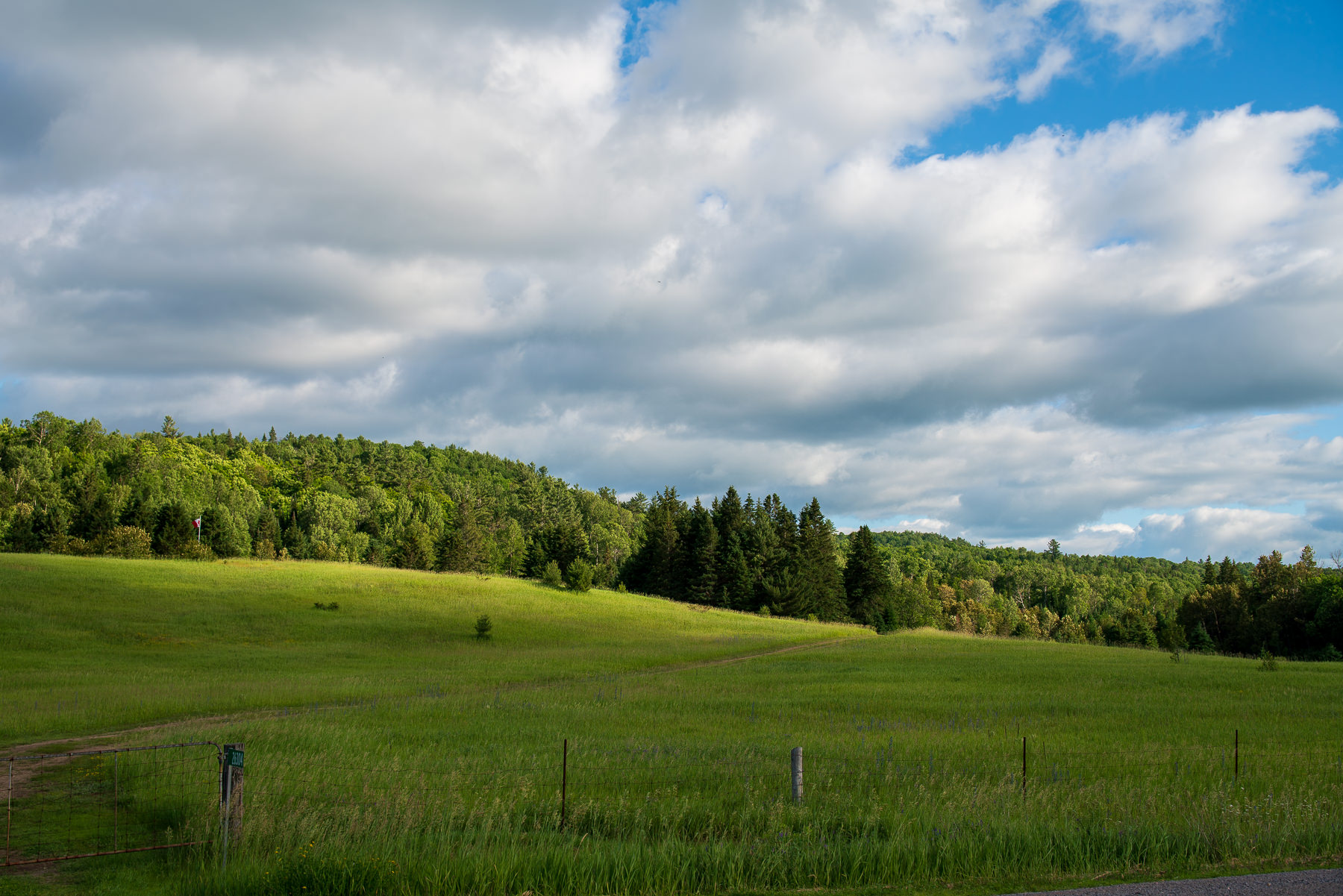



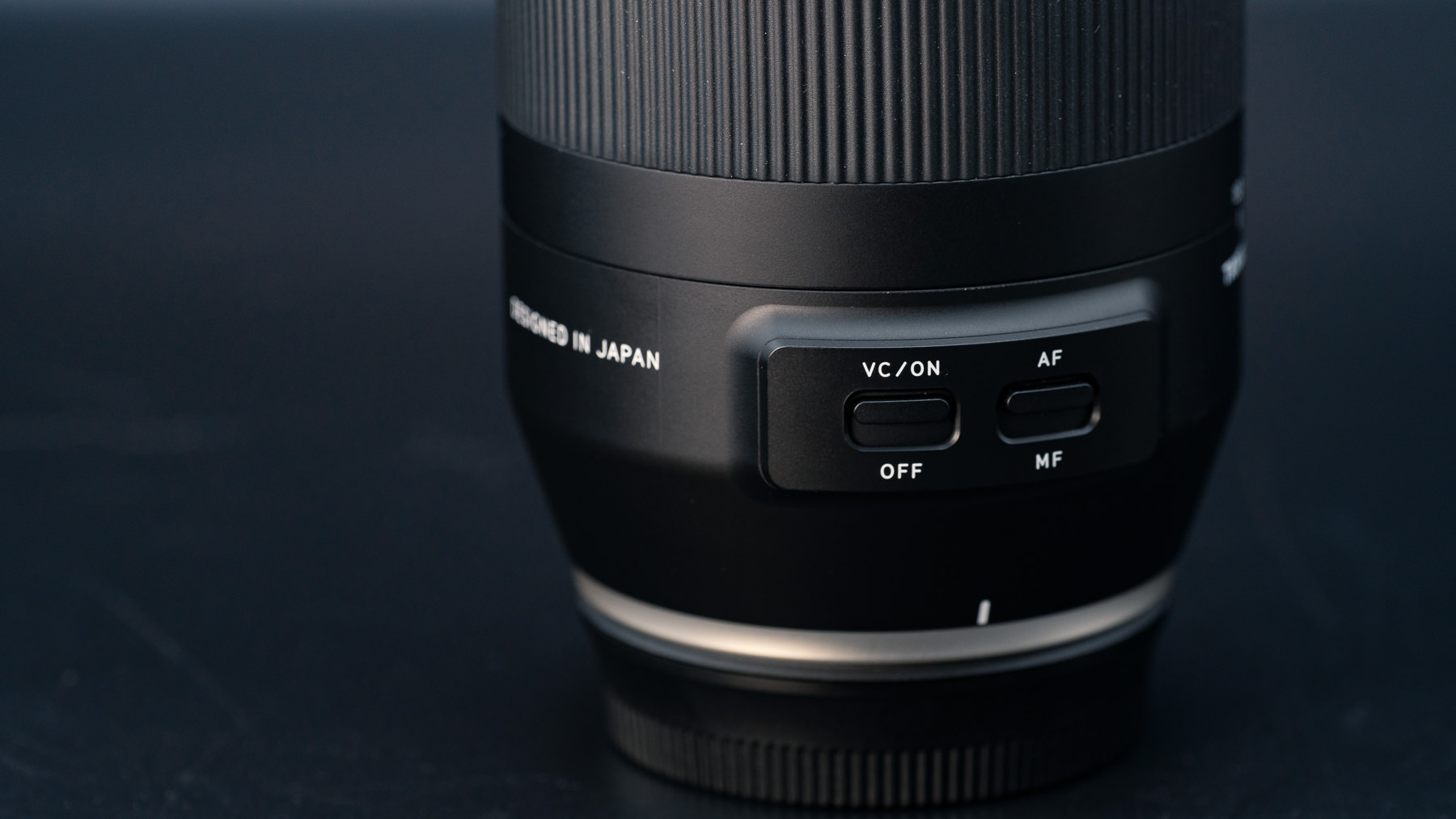

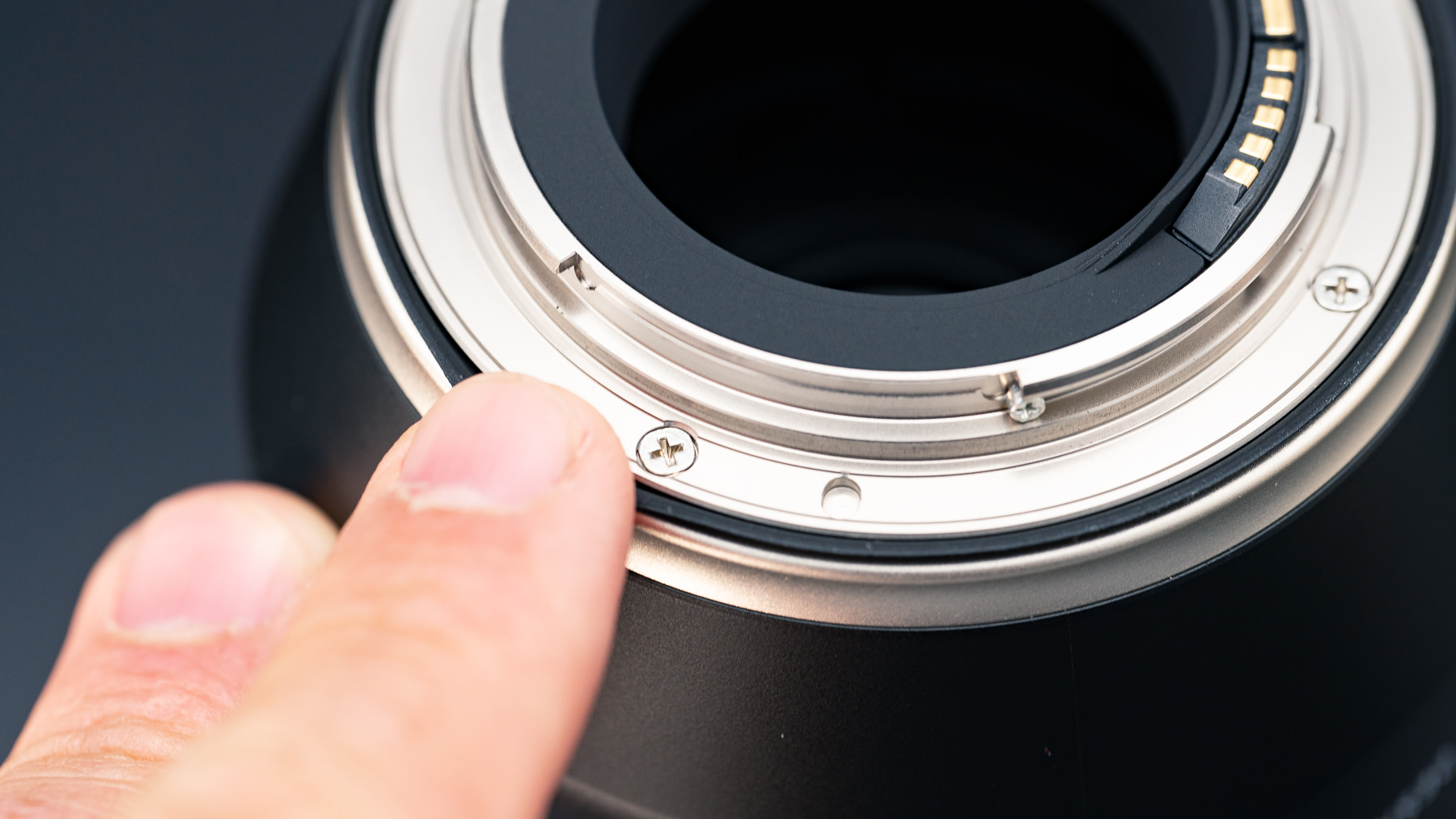
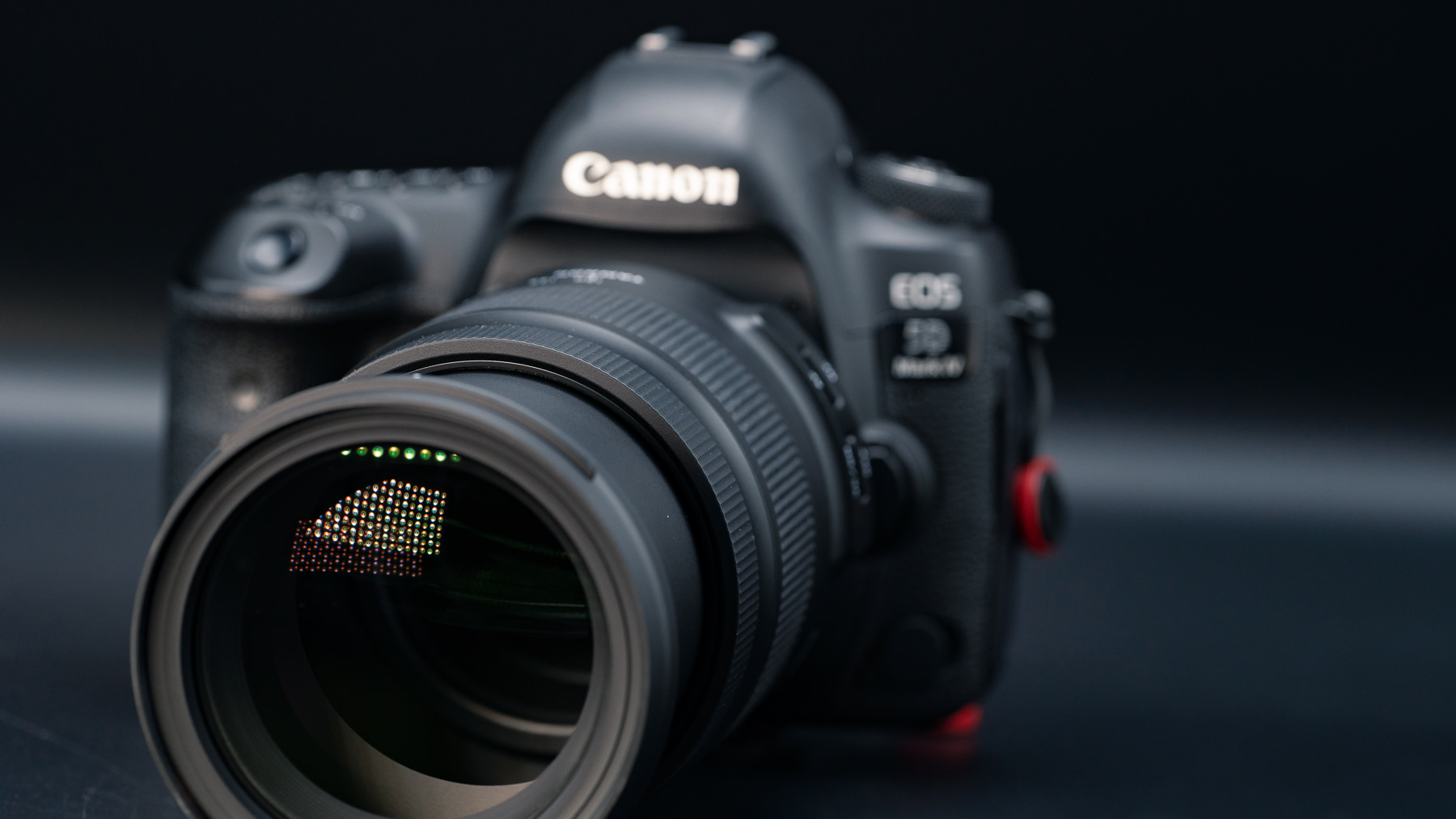
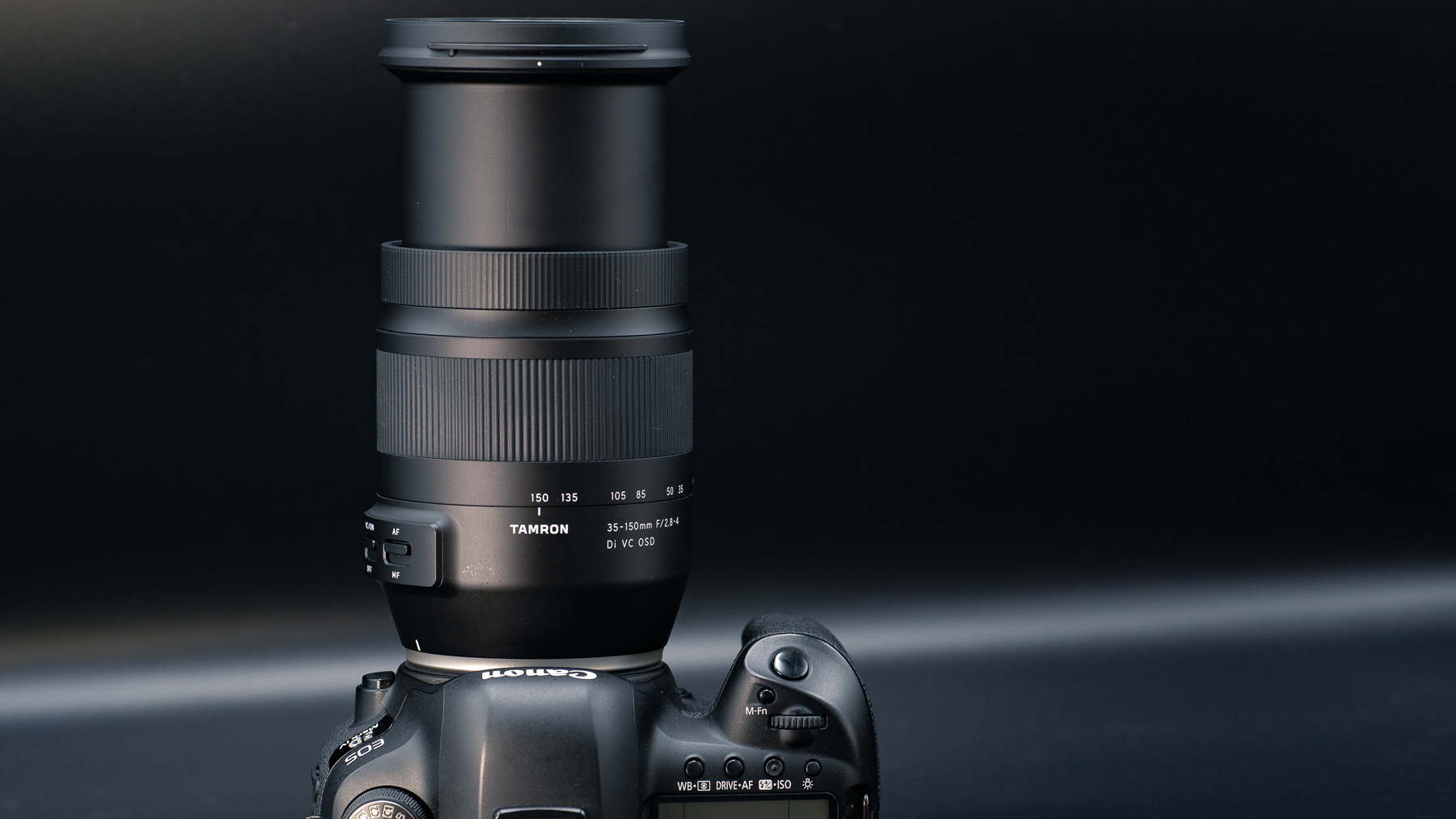
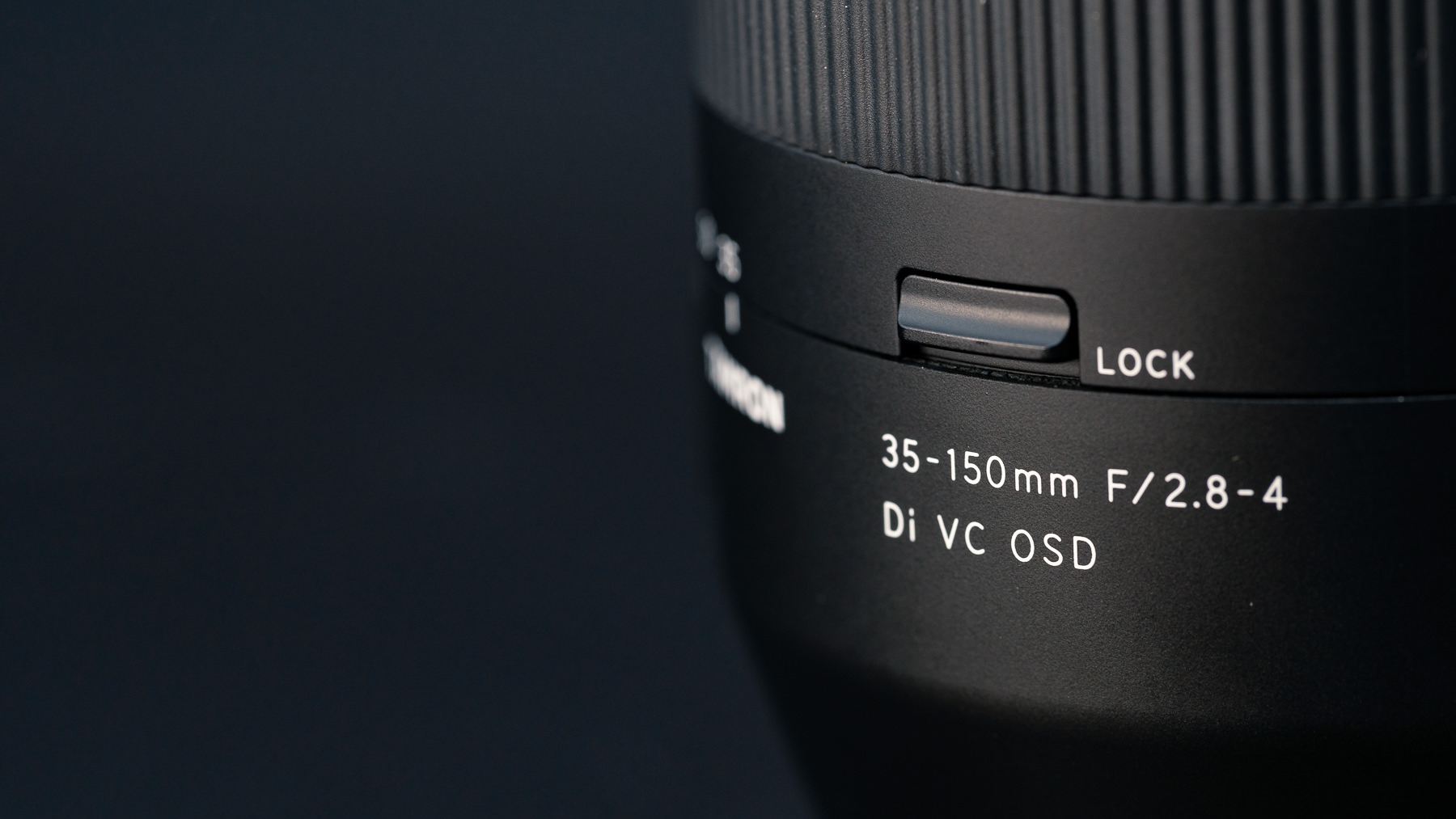











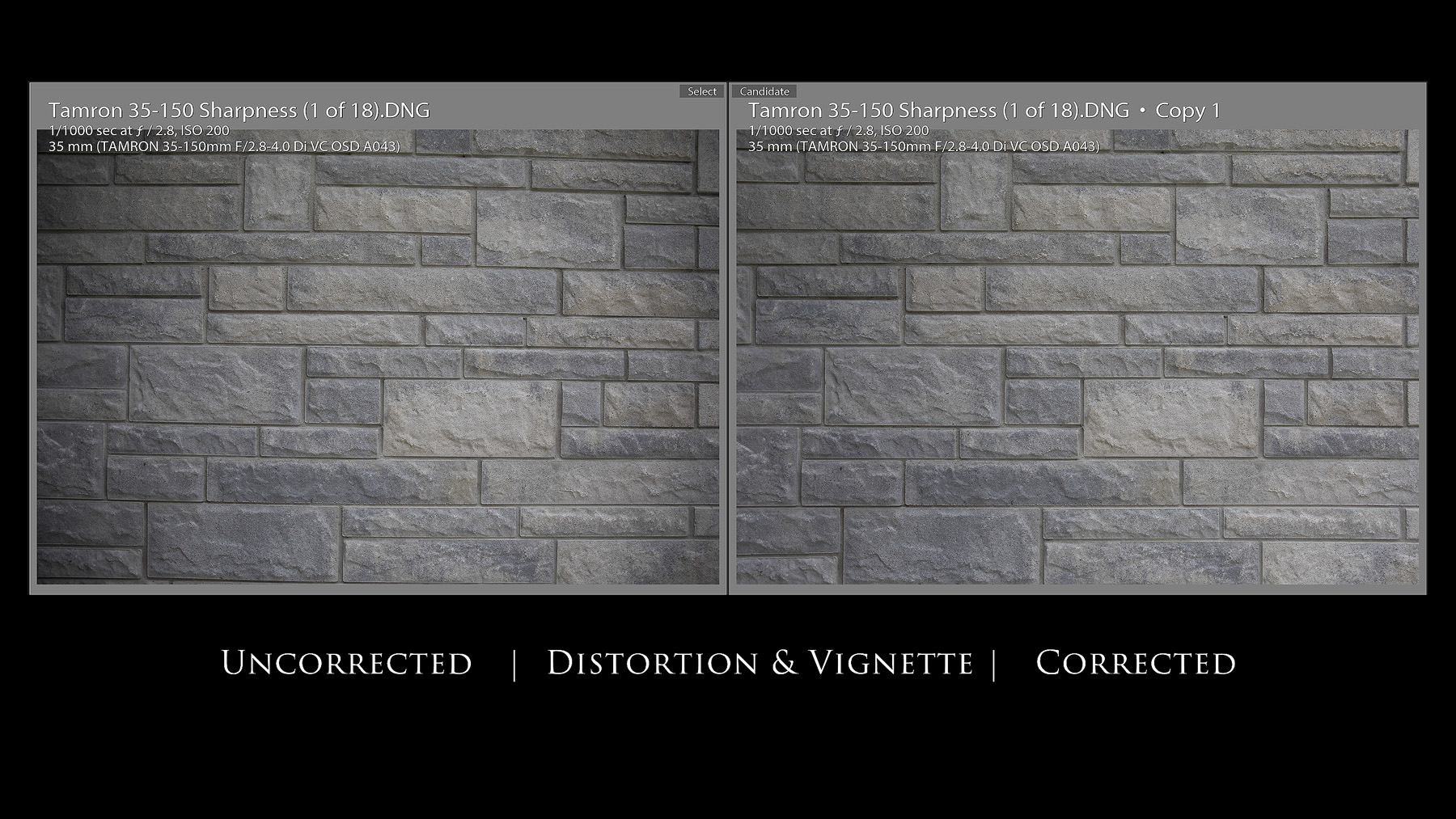

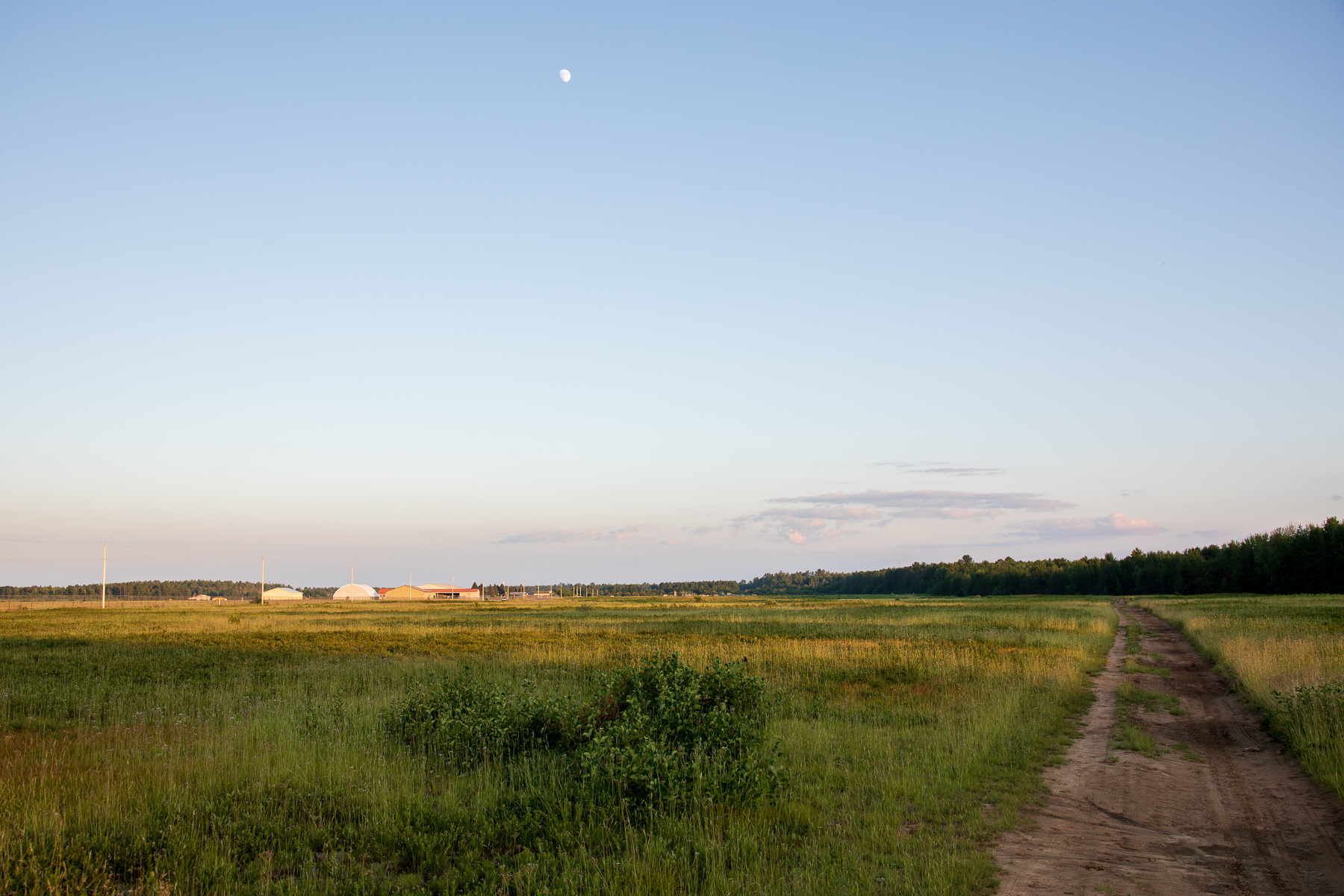










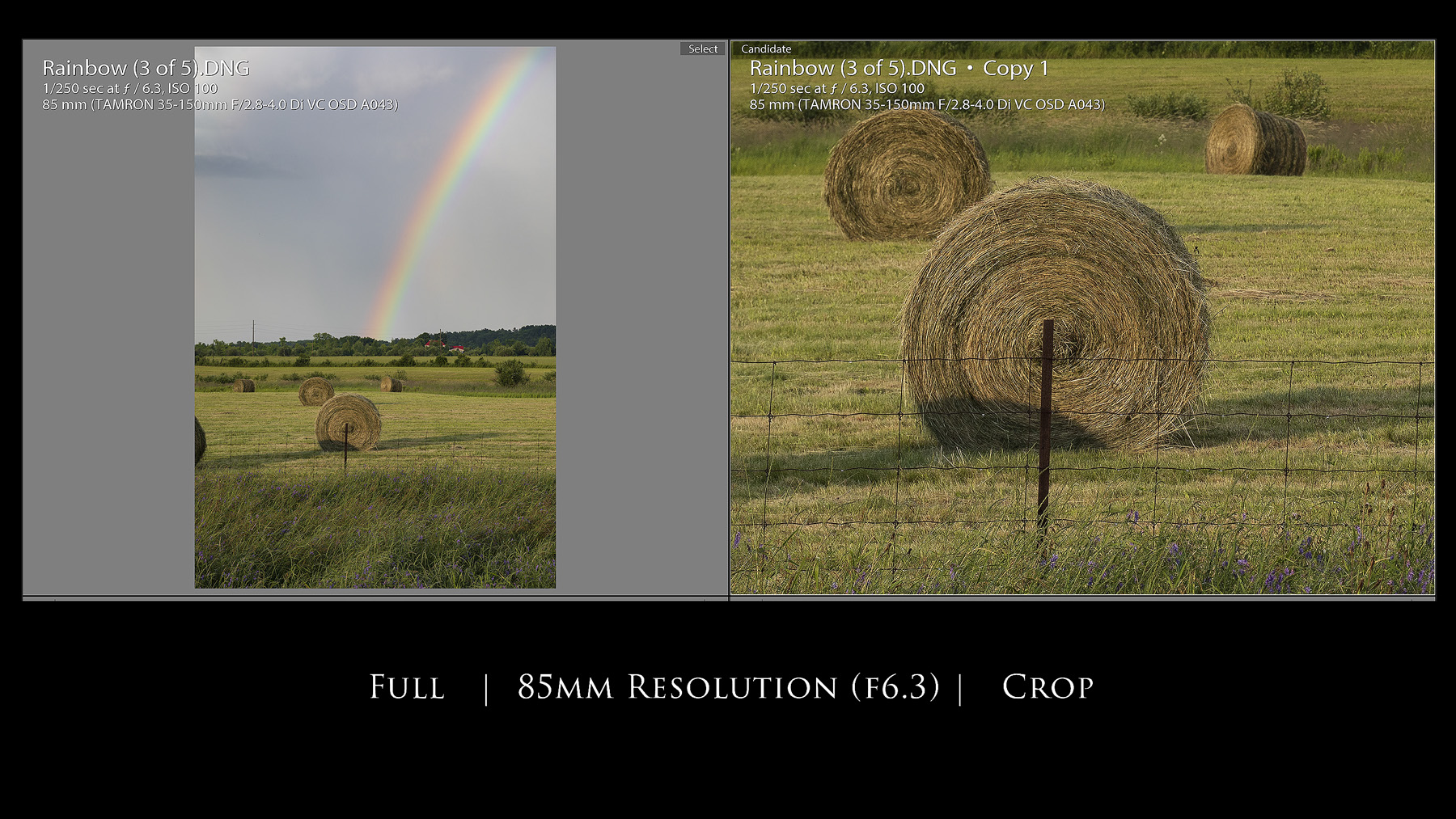




























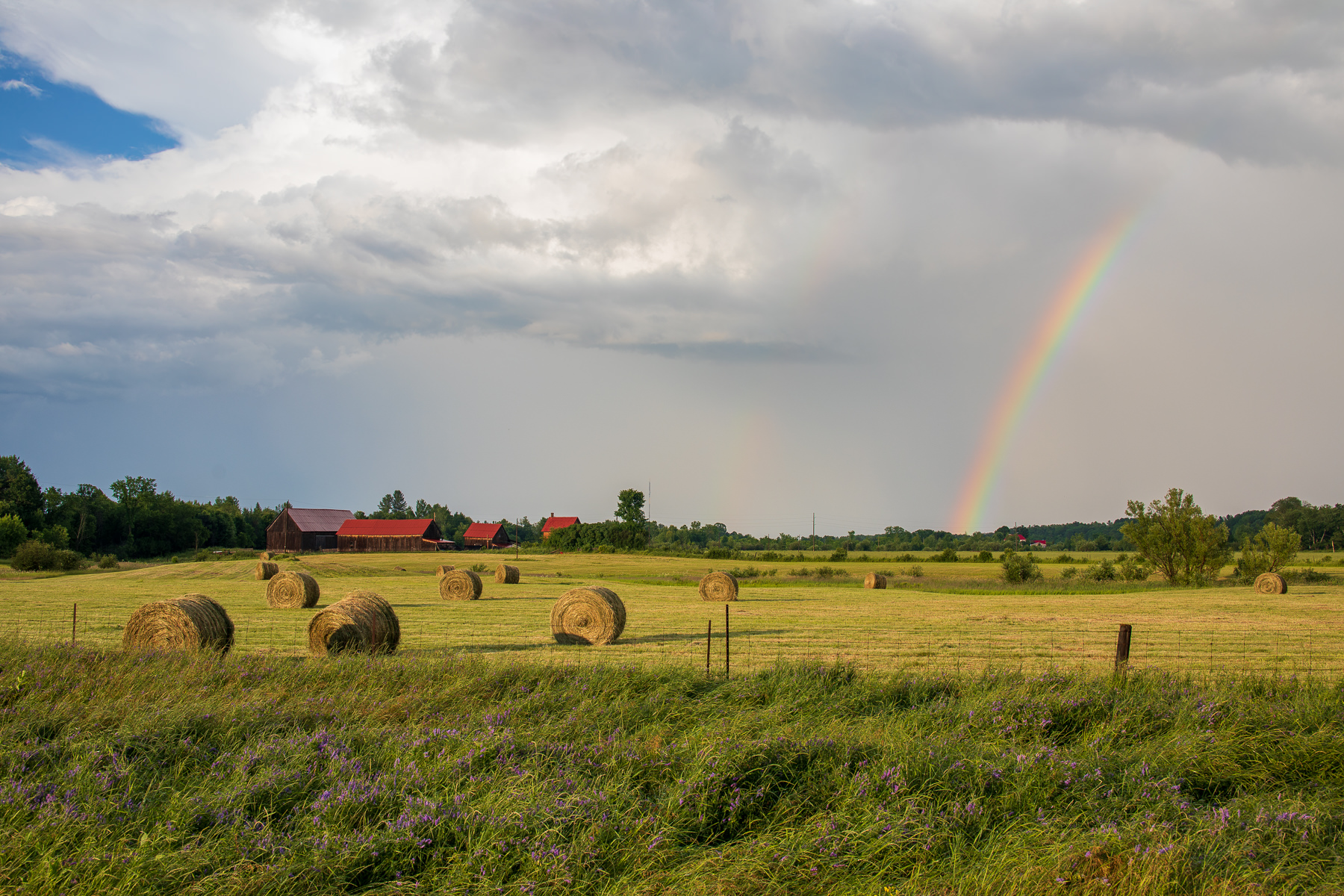




 Canon RF 24-50mm F4.5-6.3 IS STM Review
Canon RF 24-50mm F4.5-6.3 IS STM Review  Canon RF 24-50mm F4.5-6.3 IS Gallery
Canon RF 24-50mm F4.5-6.3 IS Gallery 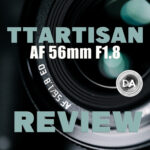 TTArtisan AF 56mm F1.8 X-mount Review
TTArtisan AF 56mm F1.8 X-mount Review  TTArtisan AF 56mm F1.8 Gallery
TTArtisan AF 56mm F1.8 Gallery 




